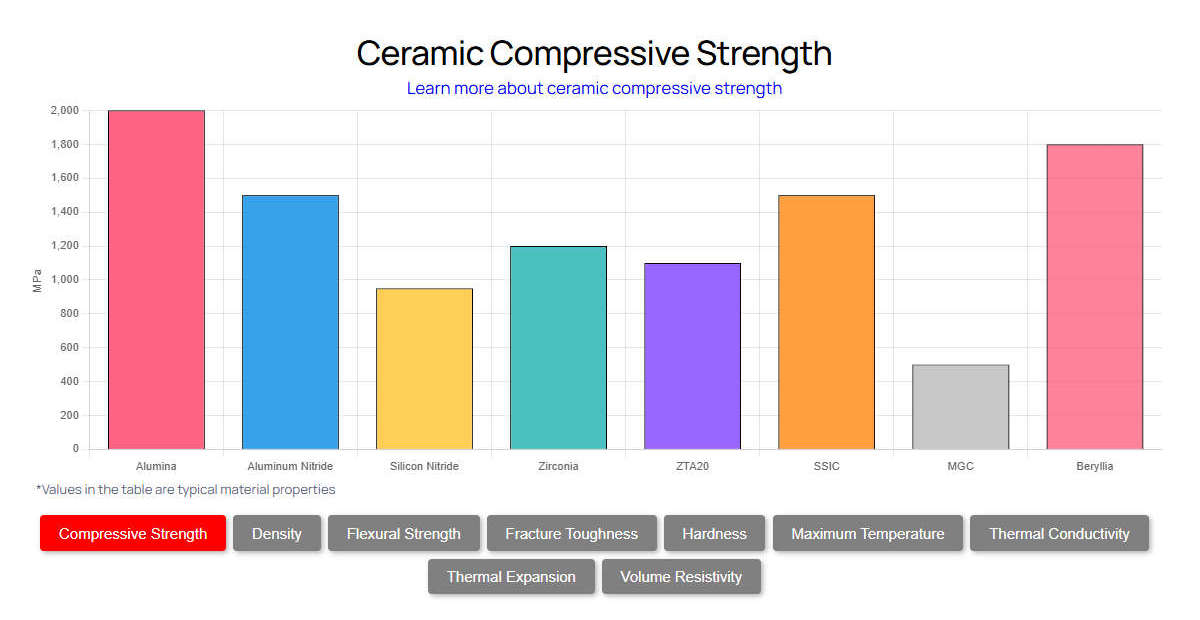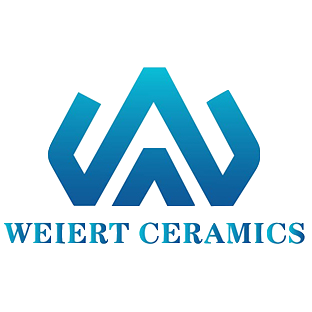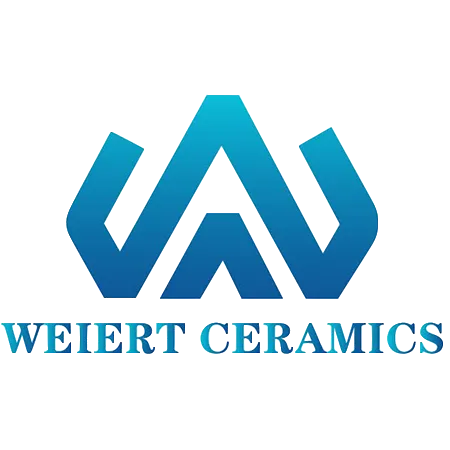- Home
- About Us
- Materails
- Materails
- Material Selection
 Compare different materials' properties with this ceramic material performance graph.
Compare different materials' properties with this ceramic material performance graph.
- Products
- Ceramic Crucibles
- CNC Machined Ceramic Structural Components
- Recommended Products
- Articles
- Contact Us


